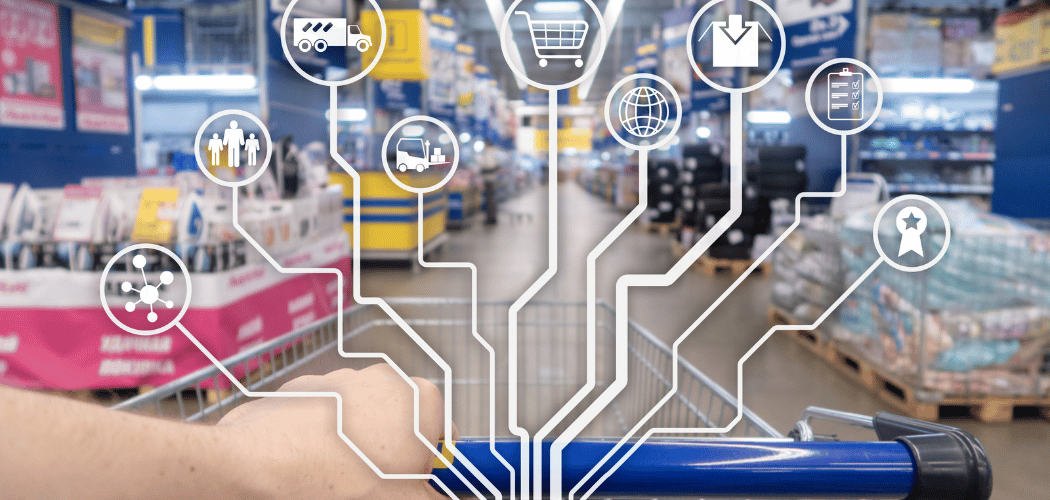Here’s an undeniable truth that can be applied to your customer loyalty strategy: Quite often you need to run just to stay in the same place. In fact, if you’re not running, you might be falling behind!
Loyalty programs need to constantly reinvent themselves to ensure they are delivering value to their member base. And not just value — greater value than they were delivering yesterday. Are you continually re-evaluating your loyalty program value proposition to make sure this happens?
In a dynamic market with shifting goalposts, member expectations also keep evolving. Today’s “exclusive privileges” in a loyalty program will be treated as hygiene tomorrow, prompting the member to start looking for newer — and better — stuff on offer.
Every element of the program value proposition needs to be carefully curated at regular intervals to deliver value to the member base.
By: Mala Raj, CLMP
Let’s take points or currency. If you have currency, there are a few cardinal principles to follow:
- Maintain an attractive earn rate (as per market standards) — else the member fails to see any value in the points.
- Give enough opportunity for earn — so that the velocity is high. When the ticker moves, the member is motivated and engaged. Move towards making the currency ubiquitous.
- Have enough redemption choices at each milestone — and make sure they’re relevant to the member base. Mix in a combination of liquidity and value.
- Constantly re-invent the redemption catalogue with new and better options to create curiosity and spark engagement.
Soft benefits
- Soft benefits are a key point of differentiation for a loyalty program in a member’s mind — not easy to replicate by competitors and a good way to stamp your brand’s personality.
- Members easily get used to benefits that you are offering and can adopt an attitude of entitlement. Keep adding, changing, differentiating between members to create aspiration, but keep them relevant always. Continue to take the pulse on member expectation and satisfaction levels.
- Make sure execution and delivery of soft benefits is flawless. This is a big moment of truth that can make or break your program.
Partnerships
- This is becoming more and more common as members look for novelty and variety in a program — and greater opportunity for earn and burn if there is a currency. Proprietary programs begin to realise that they need partners to enhance even a good value proposition.
- Ensure synergistic partners who speak the same values as the parent brand.
- And again, ensure delivery is seamless. It reflects back on the parent brand if the partner doesn’t deliver.
There are few loyalty programs in India that are standing examples of constantly evolving their value proposition and keeping members engaged.
Marriott Bonvoy has a wholesome combination of rewards, benefits, partners that keeps members engaged with the program even in a scenario like today where there is little or no travel.
Flipkart’s SuperCoins is another outstanding example. They took several active steps concurrently to increase the value of the program in member minds:
- Already generous in terms of giveback (2% for non-Plus members and 4% for Plus members), they retained the currency earn rate and value even during the pandemic.
- Through SuperCoin Pay, they tied up with a host of online and offline brands where SuperCoins could be used as currency during purchase — and this is apart from the usage of SuperCoins to pay for purchases on the platform (Flipkart) and the reward store.
- With in-house partnerships like Cleartrip, Myntra and Phone Pe, they have considerably increased the velocity of earn for SuperCoins, thereby making it more attractive.
- More such strategic partnerships are on the way with telecom, fuel, etc. for earn and burn of SuperCoins which means almost 60-70% of a household’s spend will be capable of earning SuperCoins.
- ‘Almost there’ Flipkart customers were given Plus membership before they attained eligibility.
- They have increased value proposition through content and gaming — both being non-transactional ways to engage with the brand, the program, and the currency.
A few credit card programs — AmEx and Citi for example, have made their currency more liquid by offering a pay with points option. When in-store redemptions are possible (Shoppers’ Stop First Citizen, Levi’s Loop for e.g.) and there is no minimum threshold for redemption, suddenly the currency becomes more liquid — almost as good as cash. As a result, you will find the number of customers redeeming suddenly jumps because even small amounts of currency from their accounts can be put to use.
Remarkably, there are a plethora of programs that seem to officially tick off the boxes in terms of proposition on offer — points, partners, services — and yet do not motivate members enough to engage with them.
You can avoid this dismal result by remembering these keys:
- Relevance — Build the foundation.
- Reinvention — Always be dynamic, not static. Keep evolving.
- Ubiquity — Make currency increasingly pervasive and part of daily life
- Liquidity — Remove restrictions to redemption, make points almost as good as cash.
- Choice and Control — Put both in the hands of the members.
One last important thought, one that is more and more relevant these days given the pandemic — CAUSE. Whenever you can, associate the loyalty program with a larger cause that goes beyond transactions. Nothing builds goodwill more than a brand or program speaking the same values as its members.
Mala Raj is a consulting partner at Strategic Caravan based in Mumbai. She has over 28 years of experience in Media Planning, Direct Marketing, CRM, and Customer Loyalty. She is a CLMP and Faculty Member of the Loyalty Academy.




